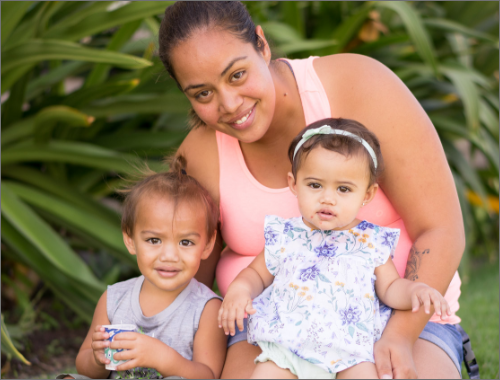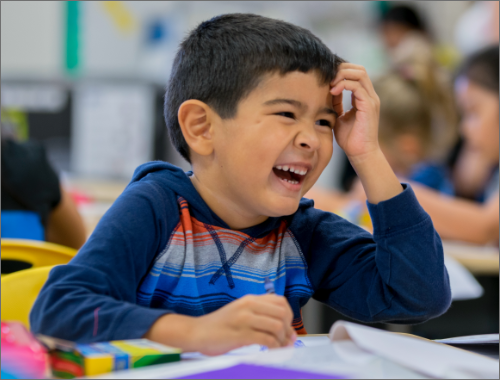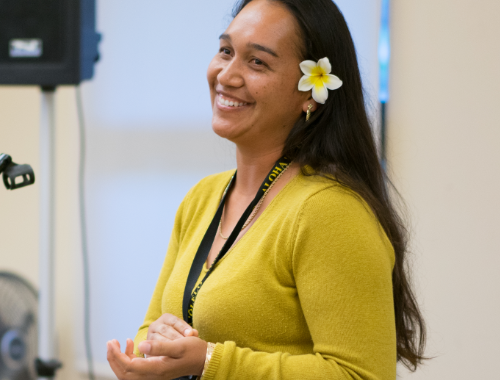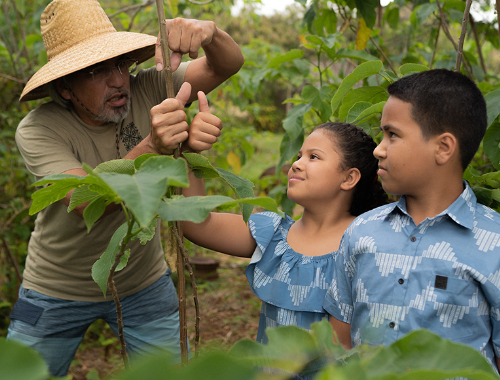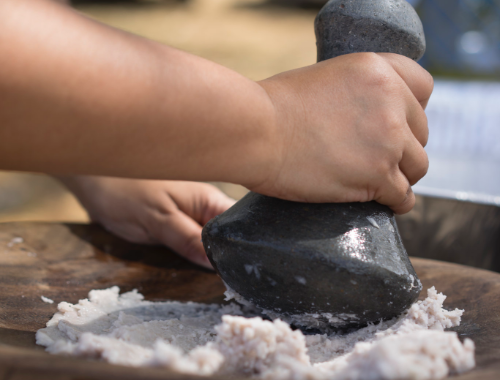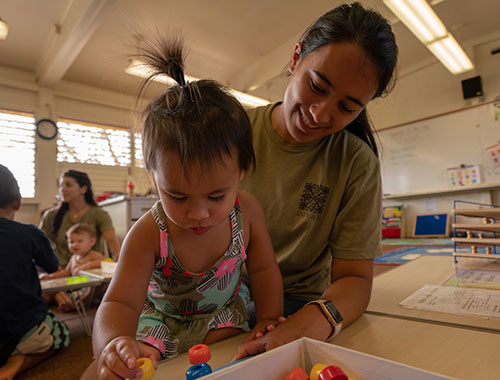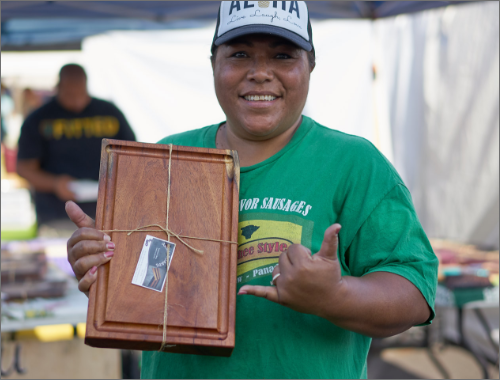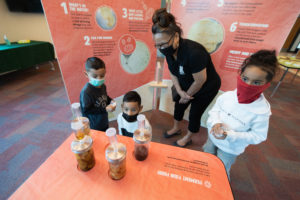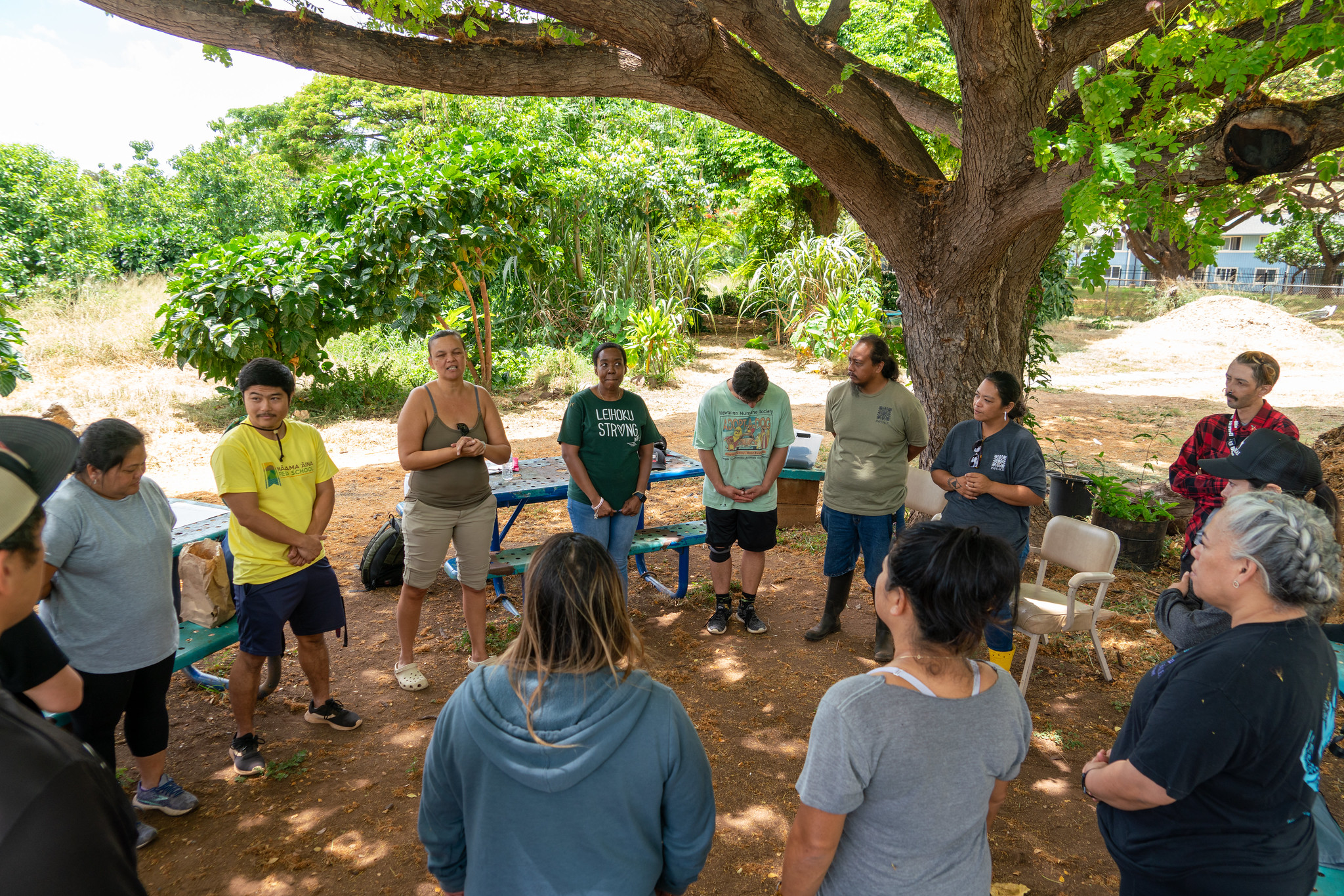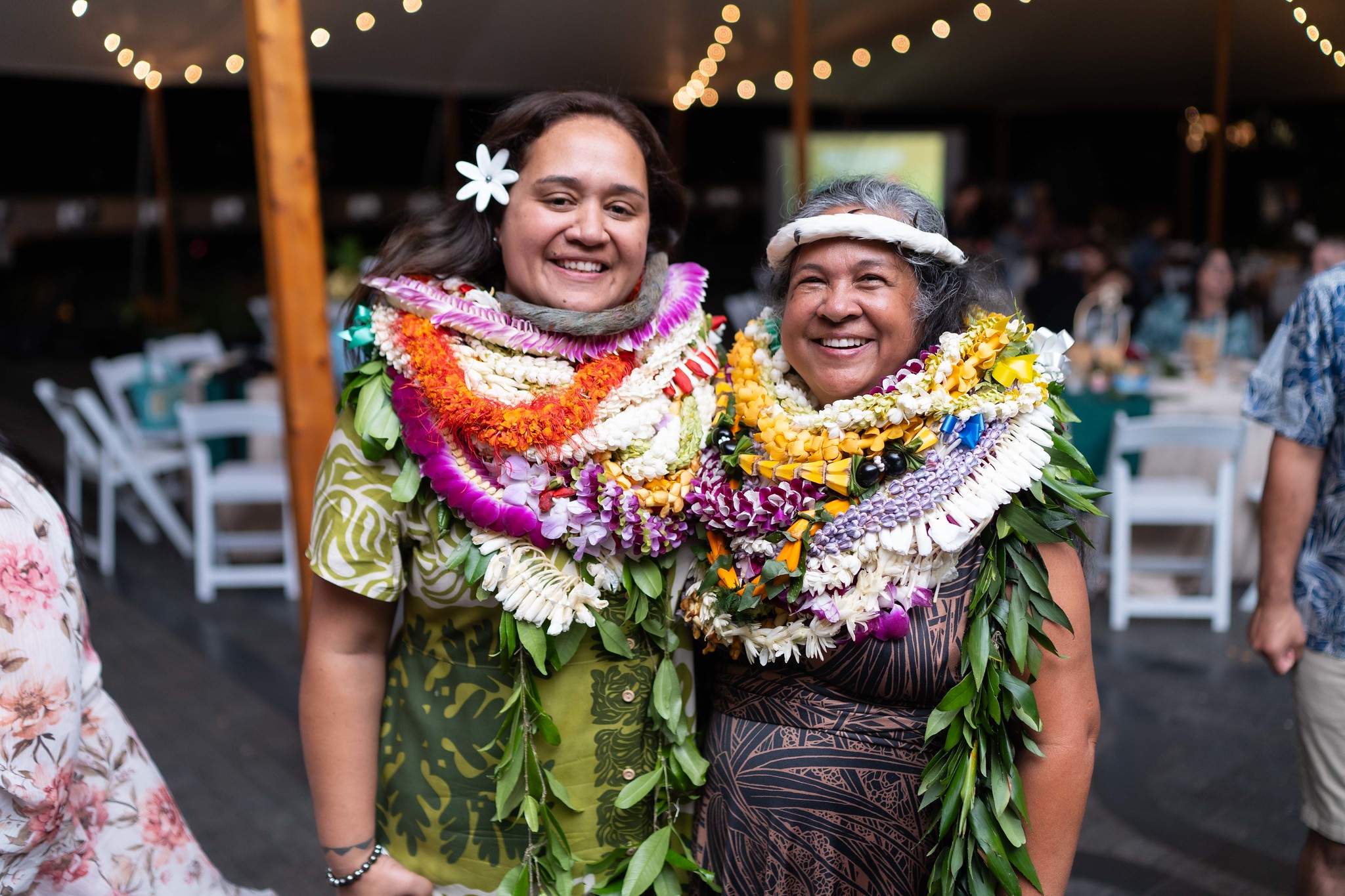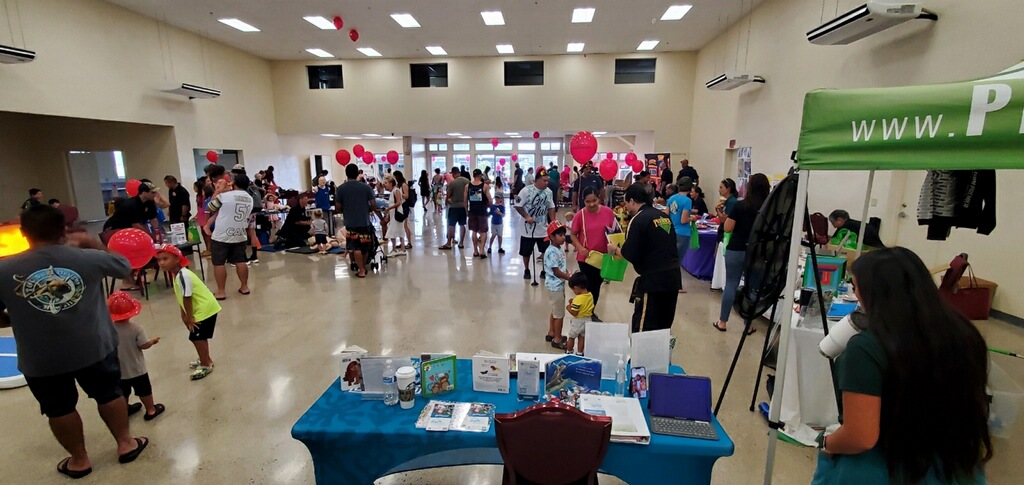What began as a desire to uplift the brilliance of our kūpuna as a means to engage Hawai‘i’s youth in science, has evolved into INPEACE’s new Kaulele Project. Designed to be a traveling pop-up indigenous science center, Kaulele is working to create exhibits that provide hands-on interactive learning opportunities, presented through an indigenous lens and focused on Hawaiian cultural practices.
In 2019, through generous support from the Atherton Foundation and Windrose Fund, INPEACE commissioned the Hawai’i Alliance for Community Based Economic Development (HACBED) to conduct a feasibility study that determined a science center focused on using indigenous knowledge and practice to teach scientific theory would be of tremendous value to the communities we serve. Following the study’s findings, INPEACE convened an advisory committee of educators who were instrumental in developing and refining the concepts that formed Kaulele’s first exhibit prototypes.
Following a series to exploratory journeys that led down a number of uncertain paths, Kaulele finally found some momentum with a kapa theme, anchored in the mo‘olelo of Māui harnessing the sun. Working with an experienced science center exhibit design firm, the Kapa Exhibit was developed and unveiled with a soft-launch at the Kamehameha Community Learning Center in Mā’ili in December 2021. The Story of Kapa offers a hands-on experience that demonstrates how wauke becomes kapa, focusing on the science involved in the process. Participants engage in puzzle activities showing parts of a wauke plant, experience the odors of the actual fermentation process, participate in table activities that mimic the pounding of the kapa utilizing the tools used by practitioners, and print designs using ‘ohe kapala and ink pads.
The feedback gathered from visitors was extremely positive, propelling the project toward the official public launch in January and February of 2022. These exhibits, designed to travel, will be hosted at various location on the Wai‘anae Coast and several other venues statewide to be announced. Working on the design and development of a second exhibit focused on the Kaulana Mahina, we are excited to introduce the Kaulele Project to our communities and look forward to gathering more feedback from community on how well the exhibits translate the science embedded within cultural practices.
INPEACE would like to mahalo all of the funders who made the Kapa exhibit possible, and looks forward to collaborating with them further to develop and provide more STEM-focused learning experiences connected to indigenous practices. Mahalo nui loa to National Science Foundation, Institute of Museum and Library Sciences, Atherton Family Foundation, Cooke Foundation, Central Pacific Bank, Windrose Fund, Kamehameha Schools, and the University of Hawai‘i- Hawaiʻinuiākea School of Hawaiian Knowledge.


